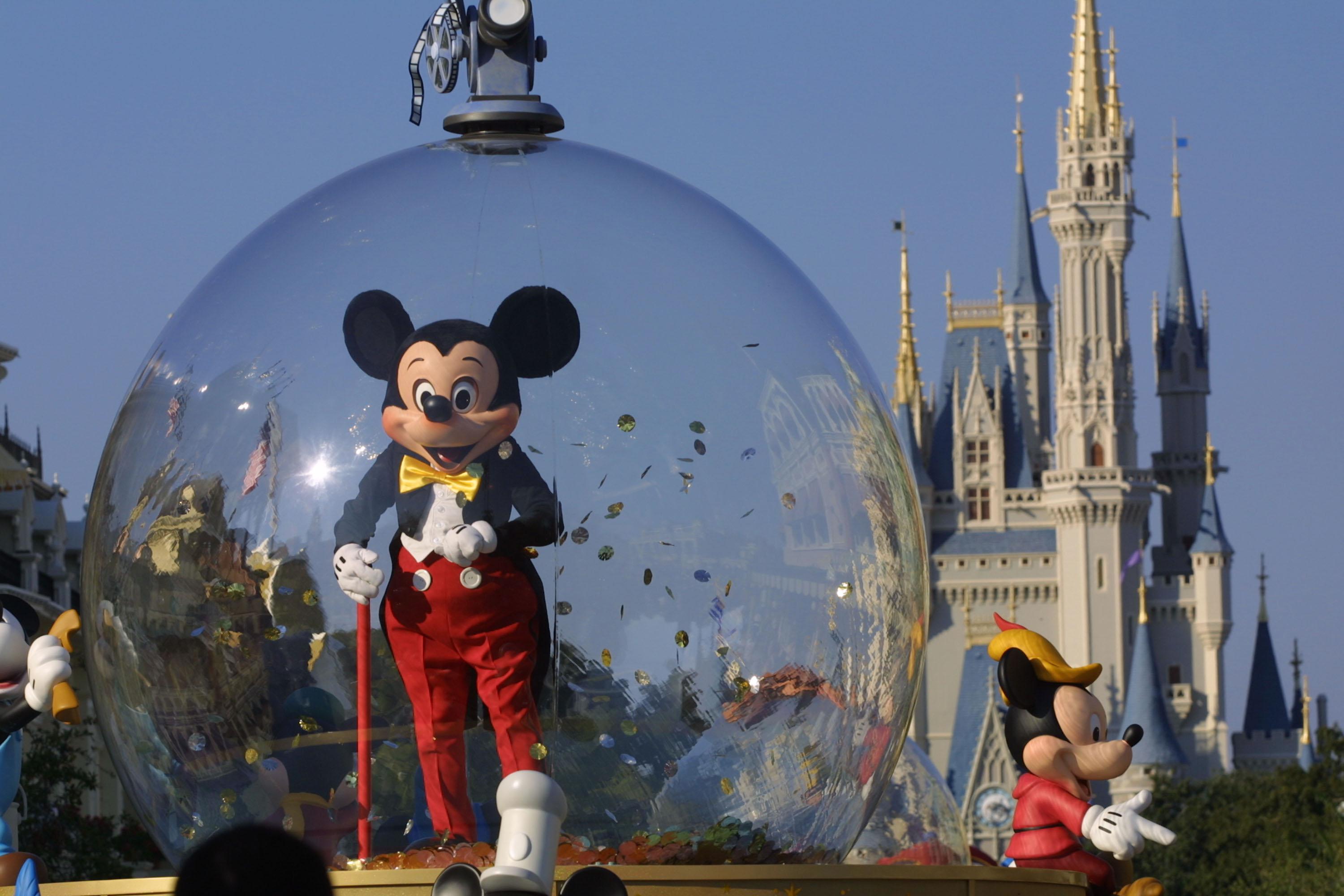If you thought Disney World—or Disneyland—was merely a collection of roller coasters, sugary drinks, and 8-year-olds’ dreams, you’d be wrong. It is a vital organ of the United States of America. The only thing that could make Disney more American is if the roller coasters were made of apple pie. And since Disneyland does not have a standing army of its own, it relies on the U.S. government when it comes to realpolitik.
To protect the crown jewel of Americanism, the U.S. government has declared the air over Florida’s Disney World and California’s Disneyland no-fly zones, designating them “national defense airspace.” Such no-fly zones are typically temporary restrictions imposed during the Super Bowl or when the president travels, but the air above Disney parks has been cleared since 2003. If that seems like overkill for the home of Mickey and Minnie, the Los Angeles Times reports that the no-fly zones aren’t only to keep would-be terrorists out. They were employed as part of Disney’s covert offensive against pesky prop planes flying banner ads over the park.
The Disney restrictions have been in place since 2003, thanks to a provision quietly slipped into a massive congressional spending bill weeks before the Iraq war. Defense and counter-terrorism officials did not appear to ask for the Disney protections, which were instead urged by at least one Disney lobbyist, according to an Orlando Sentinel investigation in 2003. The restrictions effectively ended a war between Disney and aerial advertisers who had buzzed over the parks for years before the Sept. 11, 2001, terrorist attacks. FAA Administrator Michael P. Huerta testified before Congress last year that, if the congressional mandate were removed, the agency would not otherwise grant requests for no-fly zones over Disney properties under existing FAA rules …
According to the Aircraft Owners and Pilots Assn., nearly 100 aerial advertising firms went out of business after Congress codified the no-fly zones over the Disney parks and sporting events. (Pilots have been especially critical of the sporting event no-fly zones, which may last just a few hours but are implemented thousands of times a year.)
A Christian group, the Family Policy Network, sued the government in 2003 to allow a pilot to fly a banner that read “Jesus Christ: Hopeforhomosexuals.com” over Walt Disney World during Gay Day. In its court filing, the group argued that the no-fly zone was unfair because Disney didn’t own the airspace and that other theme parks or potential terrorism targets, such as downtown Chicago, didn’t have similar zones.
In response, government attorneys mounted a strident defense of the Disney no-fly zones, saying terrorists could plow planes into crowds of tourists, drop bombs on them, or spray them with chemical or biological agents. A federal judge threw out the Family Policy Network’s arguments, writing that combating terrorism required “unquestioning adherence” to Congress’ action. More than a decade later, the attorney who fought the Disney no-fly zone, Steve Crampton, chuckled when he was reminded of the government’s arguments. “Reading it now, it’s kind of a ‘you’ve got to be kidding me, right?’ reaction. Give me a break,” said Crampton, chief counsel for the American Center for Constitutional Rights.
